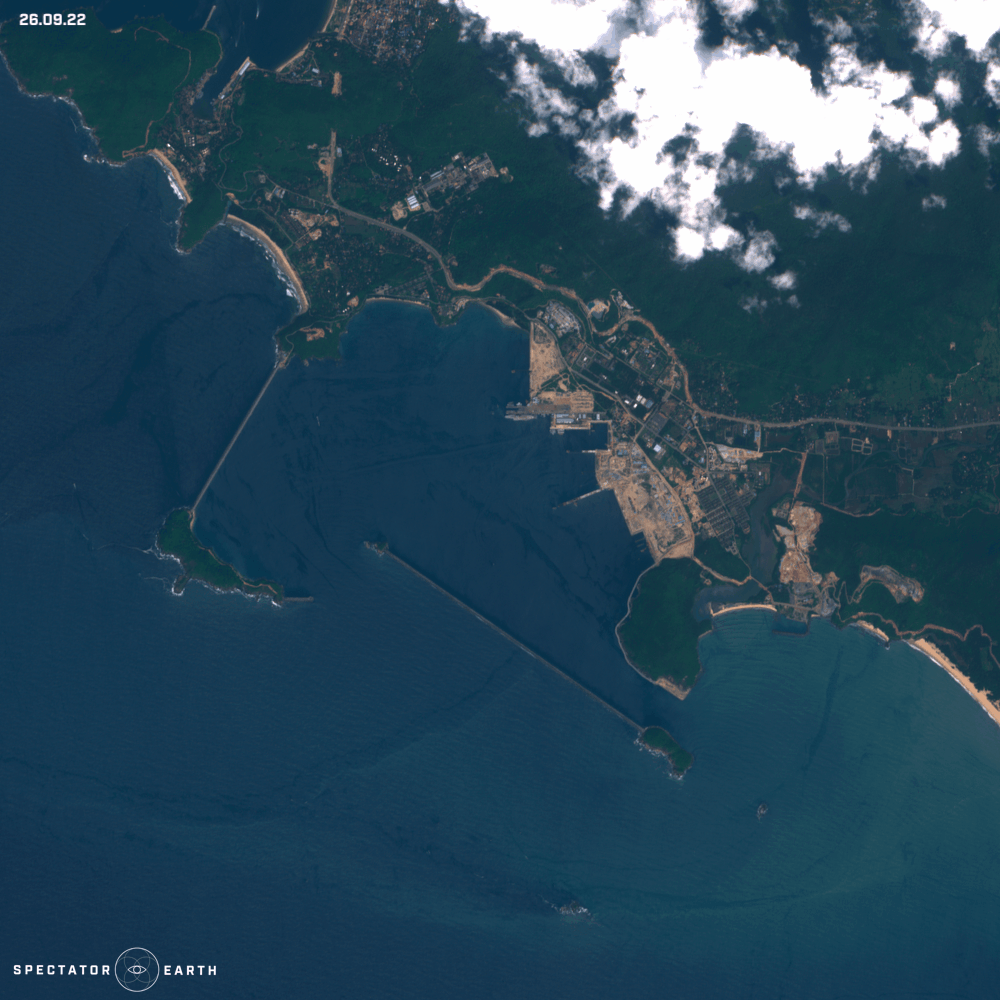Highlights of most interesting observations in October 2022
Highlights of most interesting observations from October 2022
Here’s a summary of our curated observations from the last month. Observations are based on Copernicus Sentinel-2 satellites’ acquisitions. October was not as varied by sudden atmospheric changes as the summer but still presented us with many astonishing observations.
The continuation of wildfires
With the beginning of Fall, we’ve experienced a noticeable drop in the temperatures in many places. This didn’t change the fact that we can still see many ongoing wildfires. Mid-October, we could observe areas struggling with them including Namibia near Gam and Laguna Mar Chiquita in Argentina.
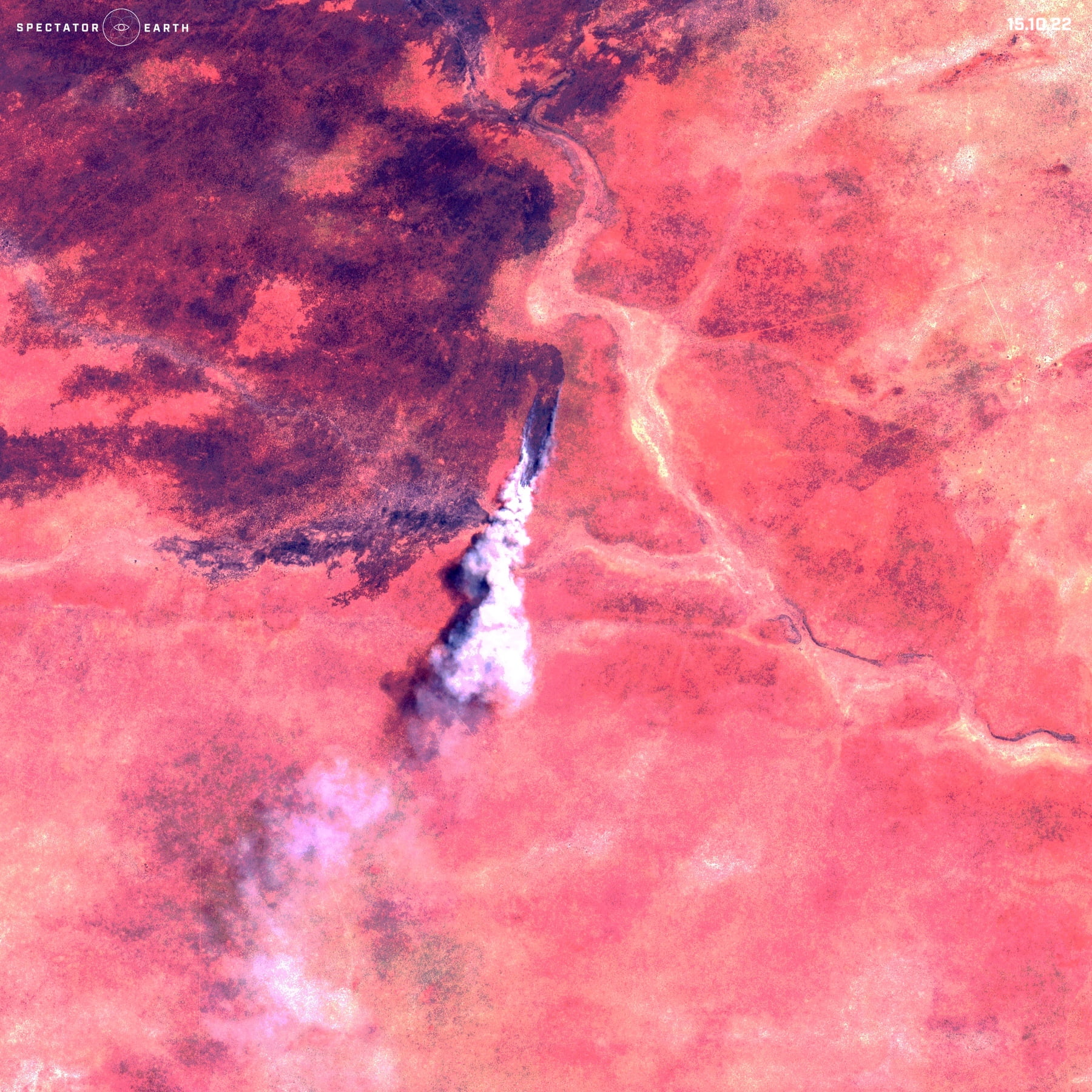
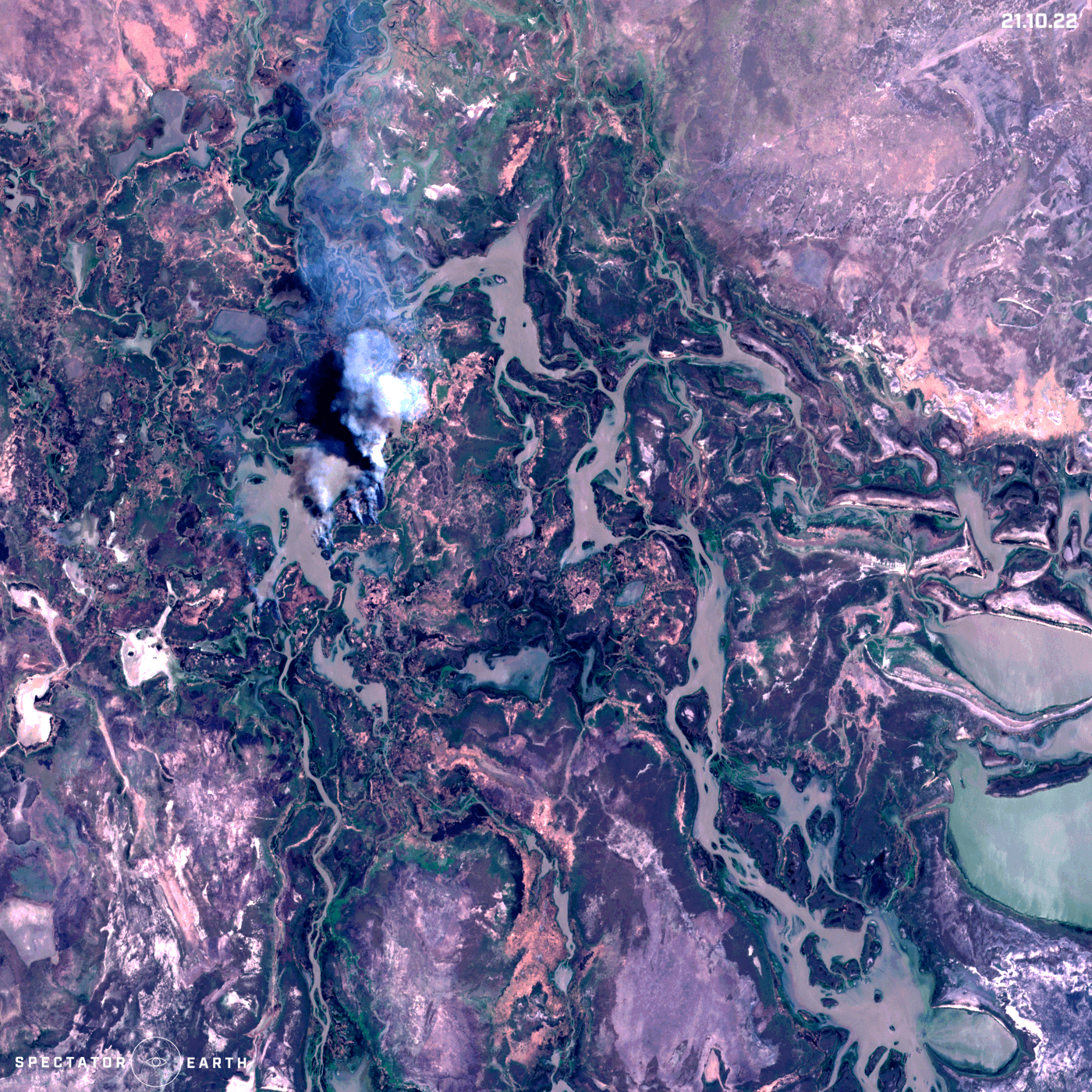
Other effects of the climate change
Melting Glaciers
Melting glaciers is one of the very important topics, due to the huge impact on the rising sea levels. Some of the changes can be observed in just a span of a few years. The rapid movement of glacier parts can be observed in the central part of Antarctica. The latest changes in the Brunt Ice Shelf are signalling that it will probably break off and create an iceberg very soon.
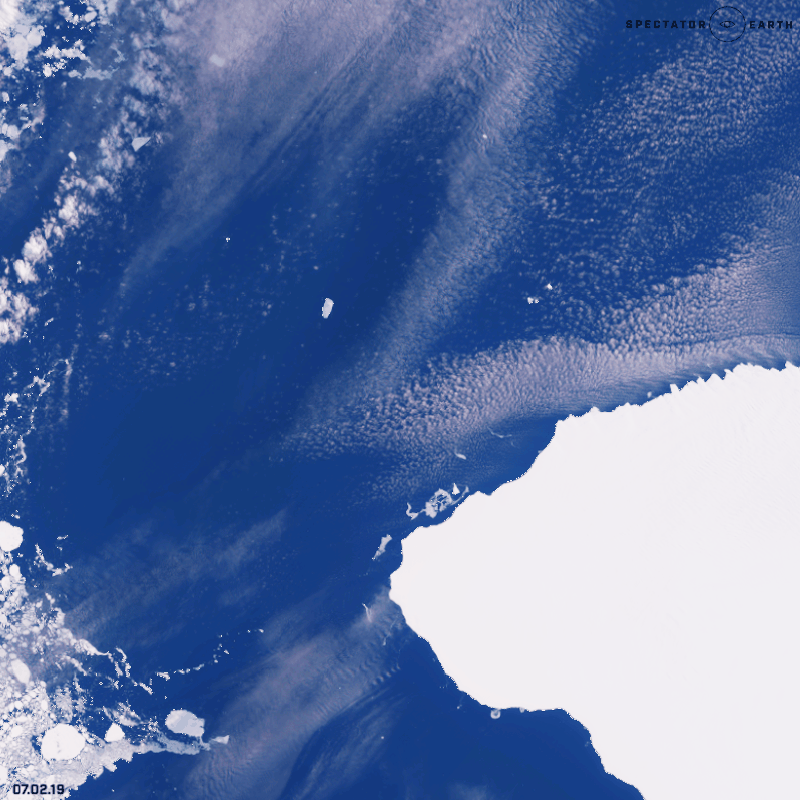
Hurricanes
Recent changes are not exclusively connected just to the poles. The beginning of Autumn was filled with hurricanes and typhoons. One of the most talked about hurricanes was Ian, which had devastating consequences for the state of Florida. In the presented animation mixed pollutants and waste products along with silt, are visible on the coastline.
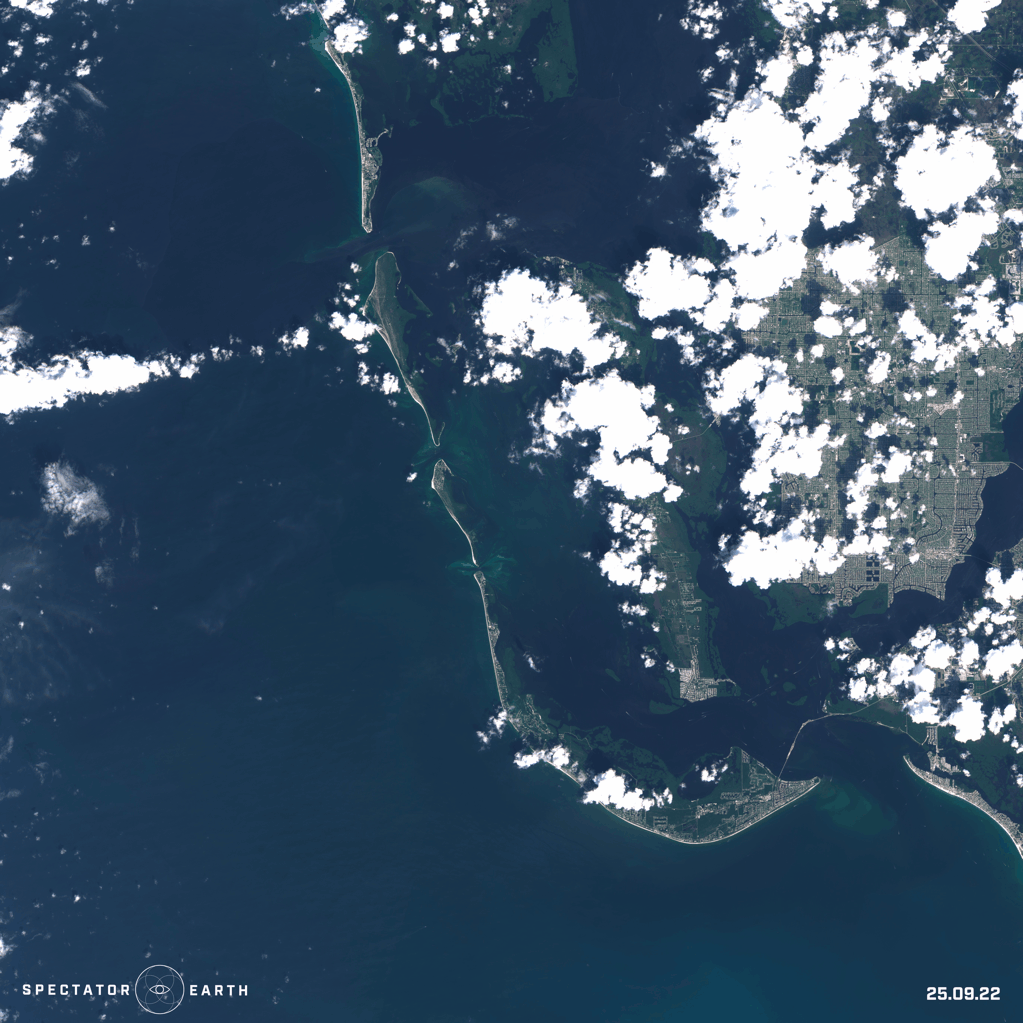
Volcanos
Even though volcanic activity isn’t directly related to seasonal changes, statistically volcanos are 18% more likely to erupt during the winter months than at any other time of year (season for volcanic eruptions). However, we can observe most volcanic eruptions no matter the time of the year. A great example of this would be the latest changes in the Nishinoshima volcano – with a certain decrease in activity compared to the latest weeks. The same is happening in the case of the Alaid volcano located on the Kuril islands.
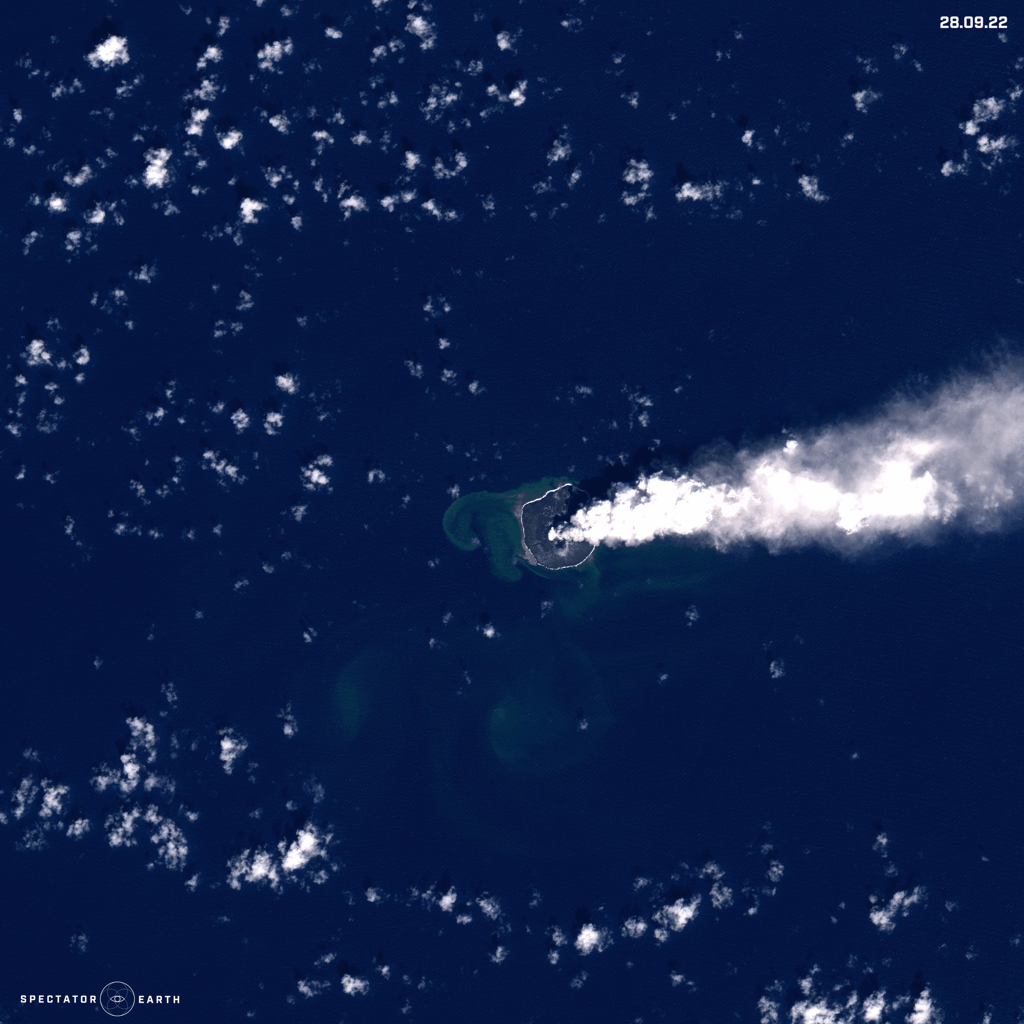

Open-source intelligence
Satellite imagery enables us to follow situations and events happening all over the world. For instance, we can observe Karwar Naval Base – INS Kadamba, with one of the two Indian aircraft carriers – R33. Moving to more eastern territories through satellite observations we can also monitor real-time events in Crimea. The image below shows Kerch Bridge in Crimea, before the massive explosion happening in October, resulting in great damage.
